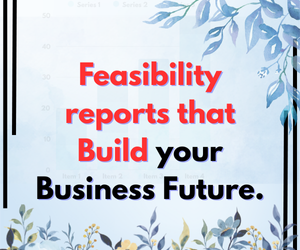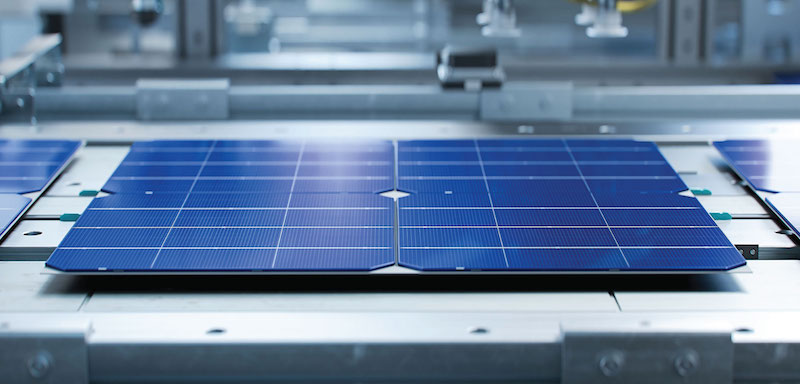MDF has become an essential construction material used throughout present-day furniture industries. MDF superseded its previous role as a non-expensive substitute for wood and evolved into an environmentally friendly material with multiple benefits, including cost reduction, ecological benefits, flexibility, and efficient production. The rising information on environmental sustainability has propelled medium density fiberboard into becoming an eco-friendly alternative choice in furniture manufacturing. The eco-friendliness of medium density fiberboard as a material demands analysis of its production methods and its effects on the environment, as well as its sustainability contributions.
Understanding MDF and Its Composition
MDF represents engineered wood furniture, which contains elementary wood fibers and resin along with wax. High pressure and temperature conditions enable the manufacturing process of MDF through the bonding of wood fibers extracted from hardwood and softwood residuals. MDF serves as a uniform structural material for various applications because it lacks wood grain patterns or knots, which makes it suitable for cabinetry and shelving as well as doors and furniture panels.
Resin adhesive functions as the important substance that creates the bond between the MDF fibers. Before urea-formaldehyde emerged as the standard adhesive on the market, it was primarily used mainly due to its tendency to generate emissions. Industry innovations in resin engineering resulted in new resin-based MDF versions that had standard minimal formaldehyde emissions, making MDF more environmentally friendly.
Sustainability in MDF Production: Efficient Use of Resources
The efficient resource usage of wood waste stands as a primary factor that makes MDF a sustainable material selection. Wood waste from machinery operations in furniture manufacturing procedures and lumber processing facilities includes sawdust together with chips and pieces that remain after cutting. MDF manufacturers extract wasted resources from their manufacturing process to create durable new materials for use.
Industrial wood residues contribute between 60 70 percent of MDF production, according to the Food and Agriculture Organization (FAO). Such efficient use of resources lessens the need for deforestation of primary forests while maintaining ethical wood sourcing practices. Tree species such as pine, eucalyptus, and acacia grow rapidly and get commonly used in MDF production, thus enabling better sustainability of raw materials.
Read more about : Manufacturing Unit of Medium Density Fiberboard (MDF)
Carbon Footprint and Environmental Impact
MDF stands out from other wooden furniture because it creates a minimal impact on carbon emissions during production. Scientific research demonstrates that MDF manufacturing consumes less operational energy than the manufacturing of plywood as well as alternative engineered wood products. According to the European Panel Federation, MDF products contain between 0.55 and 0.85 kg CO₂ per kg of material, which shows lower embedded carbon emissions than steel, aluminum, and plastic-based furniture materials.
Manufacturers can transform MDF into a carbon storage system by maintaining the carbon molecules originally taken in by trees before they reach maturity. MDF furniture has a prolonged lifetime that acts as an environmental advantage because it postpones carbon discharge into the environment. MDF sustainability depends heavily on the disposal techniques selected for its management. Modern MDF disposal, through recycling and upcycling methods, effectively reduces the methane emissions that would be produced during landfill disposal.
Eco-Friendly Manufacturing and Emission Regulations
The emissions of formaldehyde from MDF have been recognized as a critical issue since traditional MDF boards produce volatile organic compounds (VOCs). The U.S. EPA TSCA Title VI, along with the European E1 and E0 standards, triggered manufacturers to develop MDF products that produce minimal emissions. Manufacturers nowadays create MDF with formaldehyde products called ULEF resins while also adopting bio-based adhesives as alternatives to conventional use.
Manufacturers have replaced traditional synthetic chemical dependencies by using both soy-based resins together with lignin-based binders in their production process. Modern MDF emissions meet 80% less restrictions since these standards were implemented during the last twenty years, according to the International Composite Board Emission Standards, thus making MDF safer in indoor settings.
Durability and Waste Reduction in the Furniture Industry
The duration for which furniture survives the test of time is essential for sustainable practices. The proper design of furniture generates durable and reliable outcomes from medium density fiberboard material applications. MDF proves more suitable than hardwoods as it resists damage from warping, splitting, and cracking in humid conditions. MDF enables the application of top-quality laminates and veneers and paint finishes that minimize material waste during production.
The production sector has developed new moisture-resistant as well as fire-retardant MDF, which expands its potential applications into humid spaces,, including kitchens and bathrooms. The extended lifespan of products made from MDF results in lower waste quantities during their lifecycle.
Project Report On : Medium density fiberboard (MDF)
Recyclability and End-of-Life Considerations
Modern processes have improved medium density fiberboard recycling potential even though the historical difficulty of recycling this material because of its adhesive content. The recent developments in medium density fiberboard recycling technology enable panel producers to transform panels into raw fibers that lower the demand for new wood sources. MDF Recovery operates as a UK-based company that develops a fiber recovery procedure for waste MDF to transform these recovered materials into new panel products.
Upcycling represents a sustainable practice that consists of reusing MDF furniture products by either restoring them or redirecting their use instead of disposal. Many manufacturers, together, have started to implement circular economy practices that keep MDF-based products in circulation rather than sending them to disposal too early.
MDF advantages and disadvantages when evaluated against normal furniture materials
To assess sustainability properly, medium density fiberboard requires comparison against such materials as plywood as well as metal plastic and solid wood construction components.
- The sustainability of solid wood as a material depends on proper forestry, and MDF represents a sustainable choice. Forest habitat destruction and massive clearing of trees occur because of uncontrolled logging operations. The production process of MDF engages all wood fibers in the manufacturing process, which leads to decreased material waste.
- MDF material consists of plywood, which uses veneer layers joined together through gluing processes. The production of plywood demands superior wood quality because the raw material requires the use of primary forests to meet its needs despite having fewer resins than medium density fiberboard.
- The carbon impact from plastic-based furniture products that use virgin polymers reaches remarkably high levels. MDF decomposes at a faster rate than plastics, which require hundreds of years for breakdown and generate microplastics during decomposition.
- The durability and recyclability of metal items like aluminum and steel do not outweigh the high energy use for extraction and manufacturing metal products when compared to medium density fiberboard. The carbon emissions released during metal furniture production exceed those of MDF by three to five times.
Final Thoughts: Is MDF the Right Sustainable Choice?
Fiberboard delivers sustainable furniture production through its role as an efficient furniture material beyond monetary savings. Medium density fiberboard functions as an attractive sustainable replacement against regular wood and artificial materials through complete wood waste utilization alongside natural forest preservation and continuous environmental development.
The MDF industry advances eco-friendly processing methods through improvements in resin technology to establish the material as a more sustainable choice than initially believed. The adoption of circular economy concepts positions MDF to increase its position as a sustainable furniture material while assisting producers and end-users in implementing eco-friendly decisions.
Medium density fiberboard sustainability depends on both production methods and eventual disposal procedures after its utilization and maintenance. MDF demonstrates sustainability potential as long as consumers make aware purchasing decisions while strengthening their recycling practices.
























